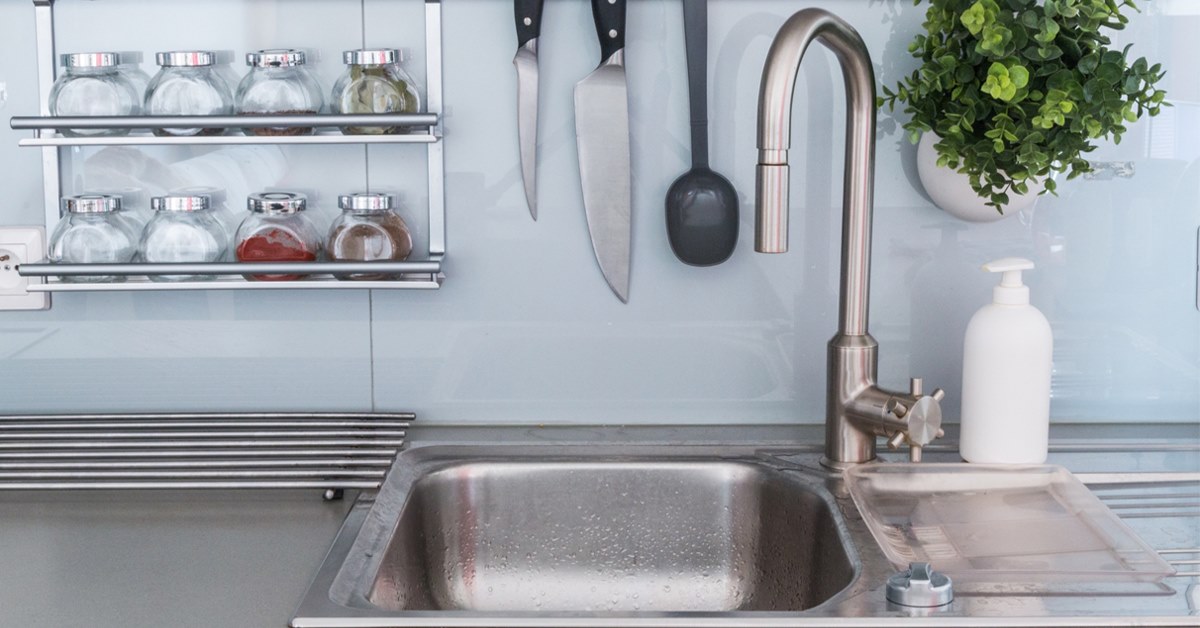Repairing a Faucet
Before dismantling a leaking or defective faucet, make sure to tightly close the faucet's supply valve or the main water supply.
- Place a large container under the sink to catch water run-off.
- Place each component on a plate or sheet of wood in the order that you dismantle them. Reassembling the faucet with the replacement parts will be so much easier.
Then watch the video tutorial Installing or Replacing a Bathroom Sink.






















